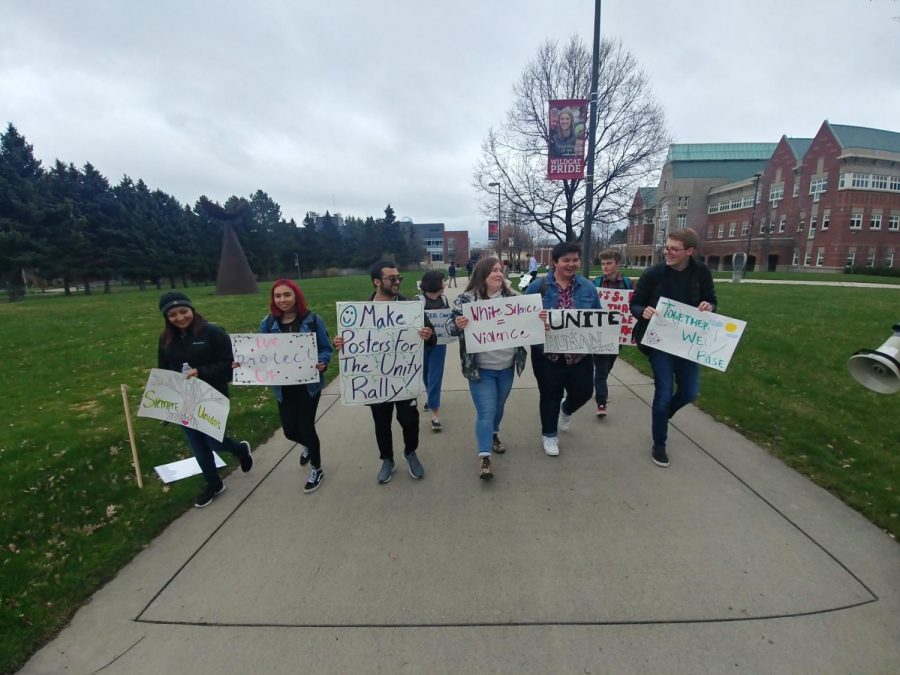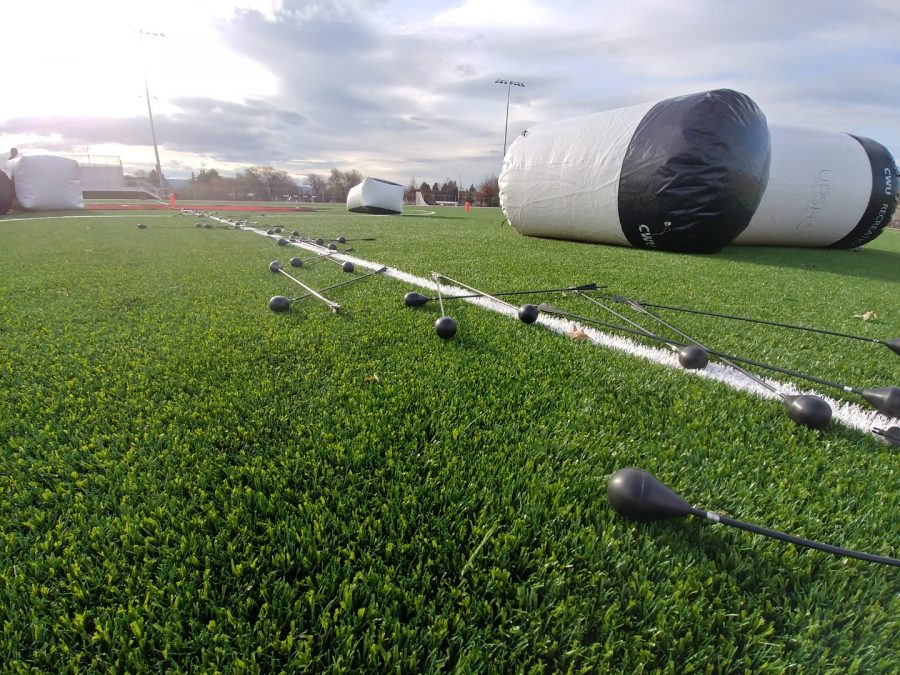By Forrest Hollingsworth
Central Washington University just spent around $38,000 on advertising summer classes with sunglasses, buttons, flyers and more only to find out that enrollment decreased from last year’s summer quarter.
According to data from the Public Affairs office, 42 percent of regular academic year students took summer classes last year compared to 41 percent this year. One percent isn’t a huge drop per se, but it is enough to have school officials and students alike wondering what to do to make summer quarter the best that it can be.
In grade school, summer classes are usually seen as some type of punishment. In college, however, summer classes can be a lucrative opportunity for both students and teachers. Summer quarter allows those extra six or nine weeks to finish up your degree or your general education requirements and, for the school, it’s almost an entirely profitable venture that helps fund the regular year as well as rakes in funds for the individual departments.
So, the question is, why is enrollment going down instead of up? Some students think it’s because of the financial aid process.
Currently, a student only needs to be enrolled in six credits, half of the regular year’s 12 to receive financial aid for the summer quarter. Because a summer class’ cost is calculated per credit taken and not by a general tuition, this half time requirement is a good thing for students looking to take summer classes and get aid from the school but, there are more steps required than simply enrolling in classes.
Adrian Naranjo, director of Student Financial Services is worried that students see they only need to take 6 credits to get aid and don’t look any further into it than that.
“Our biggest concern is getting the word out that students still need to do the application,” Naranjo said.
CWU and FAFSA require students to do a second aid application once they’ve enrolled in summer classes, different from the application for the regular September through June school year. Once the application is done, CWU looks at a student’s remaining loan amounts from the regular year and decides how much they can disperse to the student for summer classes.
The Financial Service Office is responsible for giving both gift aid (grants, waivers) and regular loans to students for the summer quarter once the process is complete and a student can decide how much they want to take just like the normal year’s award letters. Some students, however, still aren’t sure why they’re getting loans for the regular year and not for summer.
A student who wishes to remain anonymous but is enrolled in 10 credits, four more than the six required for summer aid, isn’t sure why she ended up with no award this summer. She’s gotten awards for her previous quarters at CWU and is sure she hasn’t taken the full amount any of those times so she thinks she should have plenty left over for summer.
“It was more of a challenge to decide to still attend because my parents and I had to practically pinch our pennies to afford my quarter and living expenses out of pocket,” the student said. “I don’t think [summer aid] is the school’s job, per se, but along with quality education I think that they would be doing students a disservice by not helping them through means of financial aid”.
According to the Public Affairs office, seniors make up more than half of summer school enrollment. They may be trying to finish their degrees or minors in a final quarter and could have used up all of their regular year loans and gift aid already.
A petition process exists that allows students to make their case for one more quarter of aid but Director of Student Financial Services, Adrian Naranjo, says in his experience a lot of students are ignoring aid that is available to them.
“If you get your award, and you don’t take your unsubsidized loans, it doesn’t tell me you don’t have aid, it tells me you don’t want it,” Naranjo said.
Students may be avoiding taking their unsubsidized loans because of the higher interest rate that they carry compared to subsidized loans or the no interest rates of gift aid.
“Our primary concern is making sure high need students get aid first,” Naranjo said.
Three out of four students enrolled in summer school are in upper division courses. The decrease in juniors from the 2013 year that would be this year’s seniors taking summer classes accounts for a three percent decline in available students.
Fewer seniors mean less enrollment. Linda Schactler, chief of staff and executive director of public affairs says that her office is looking into increasing summer enrollment.
“How can we encourage students in 100 and 200 level courses to consider summer school?” Schactler said.
Currently, 3,750 students are enrolled in summer classes compared to 2013’s 3,869 according to the latest census data collected by the school.




